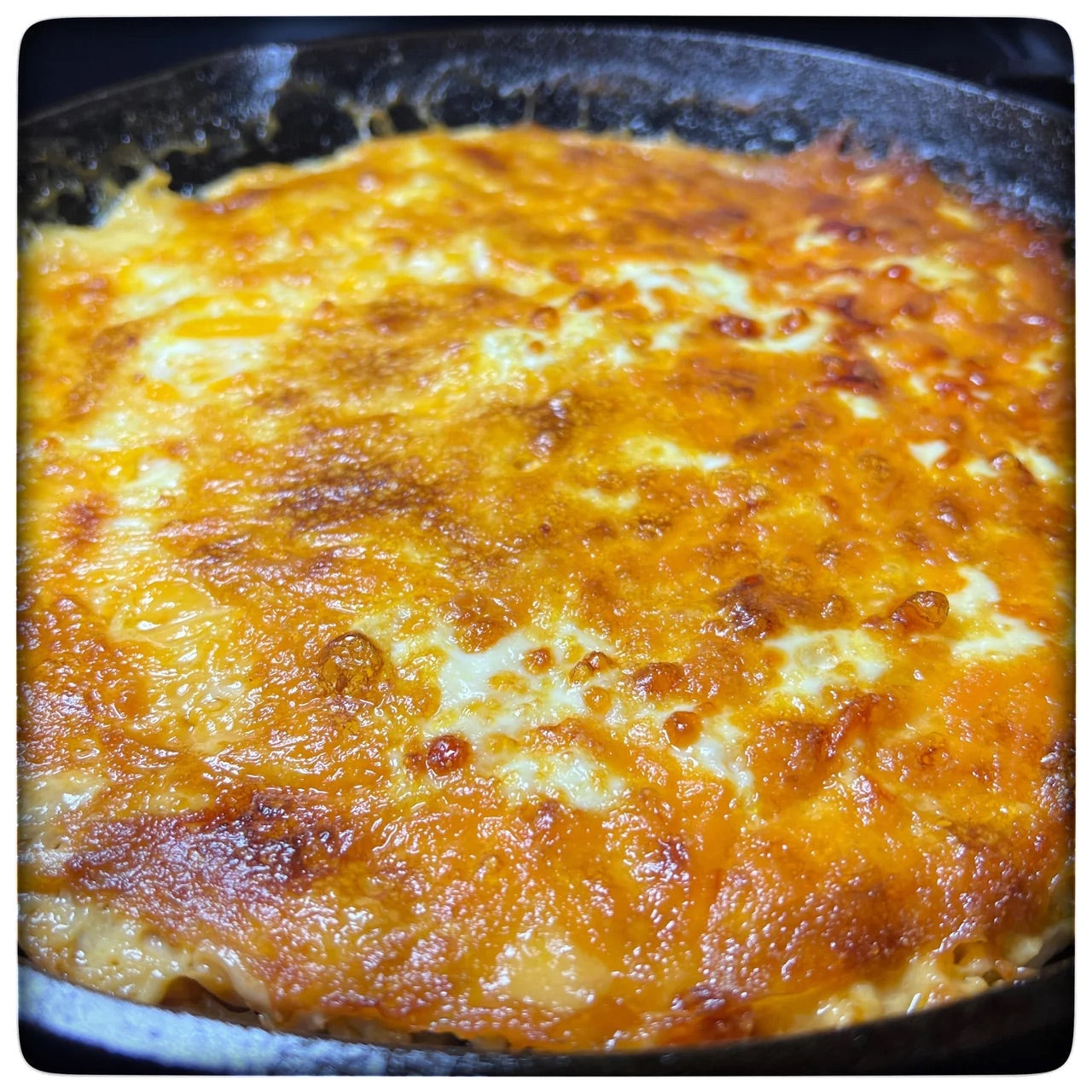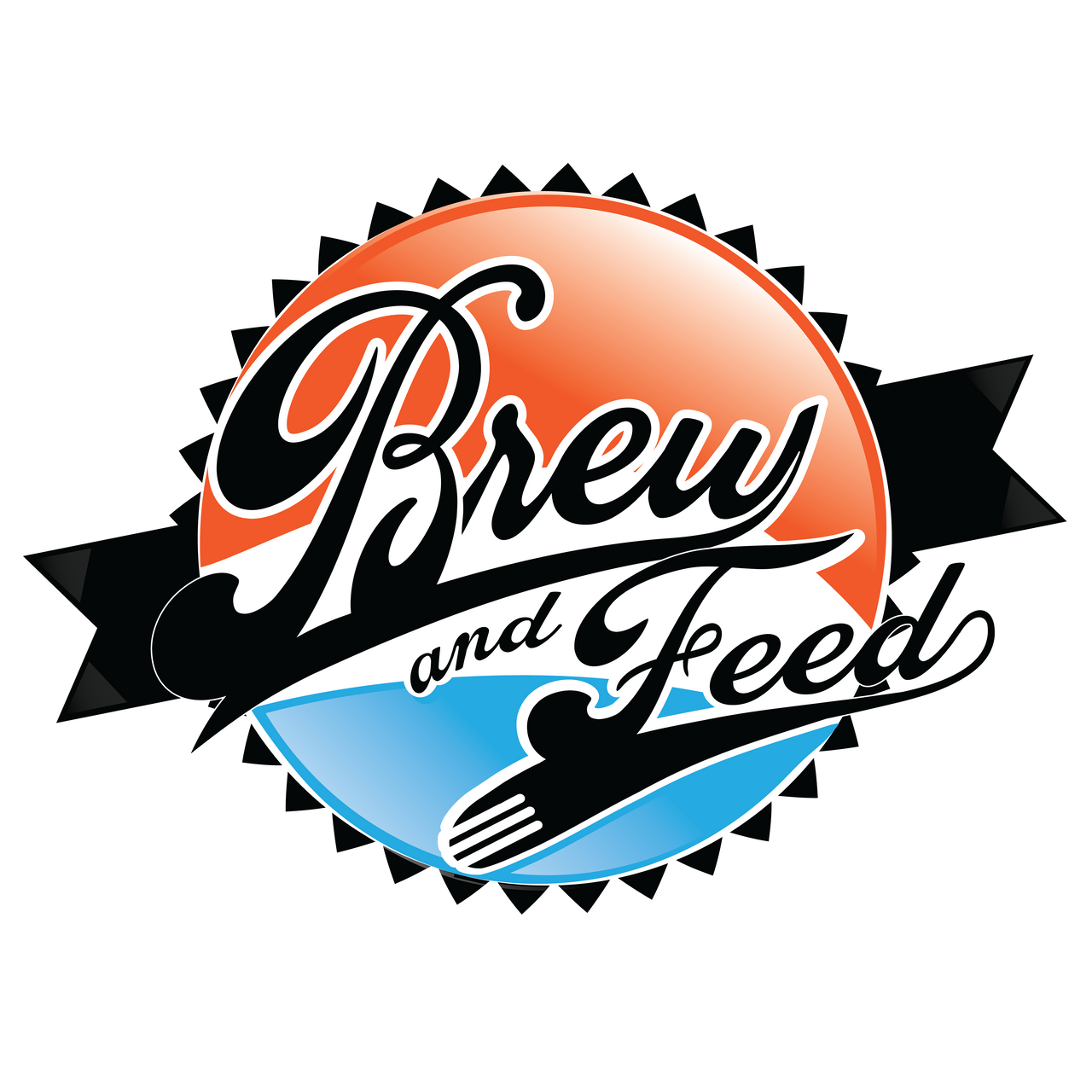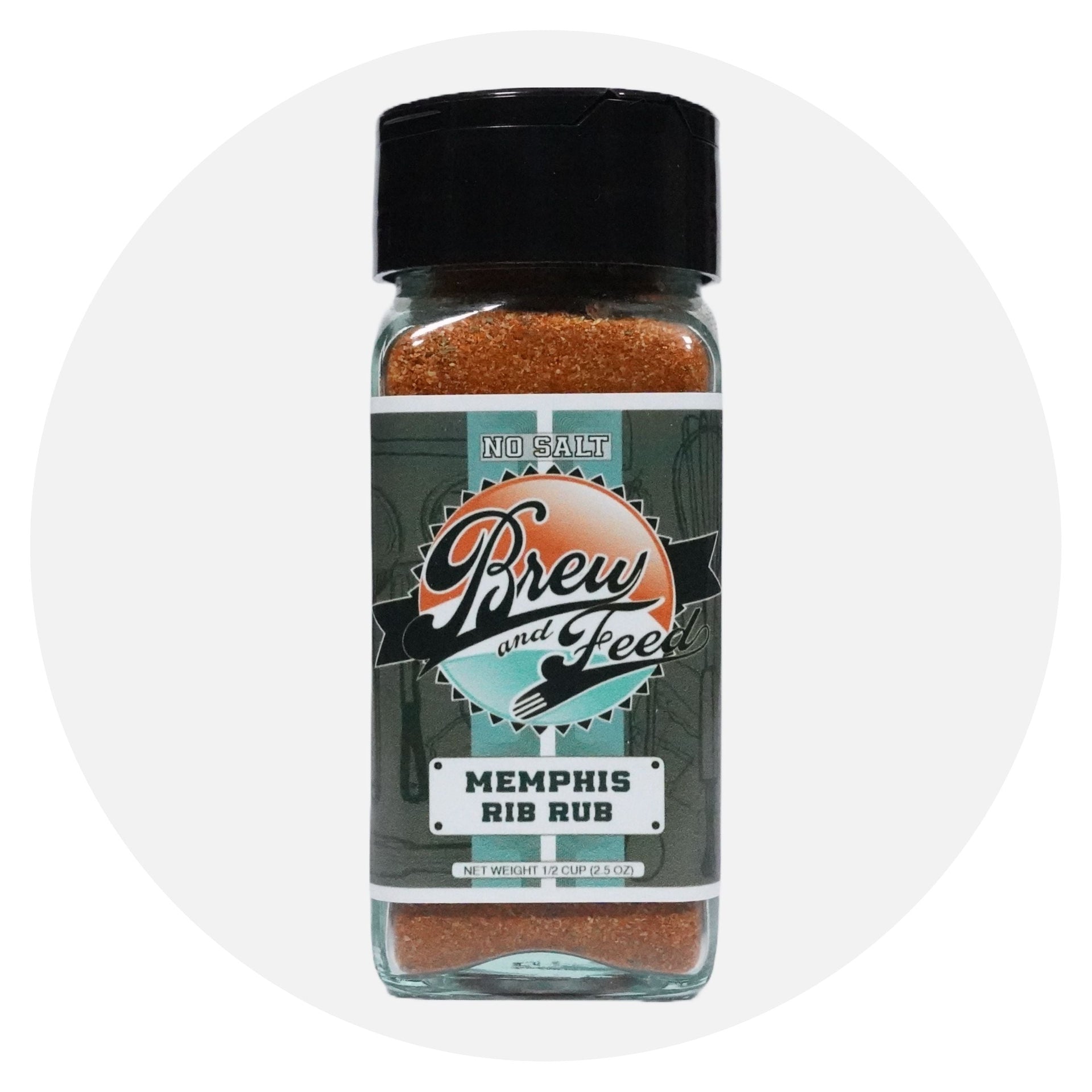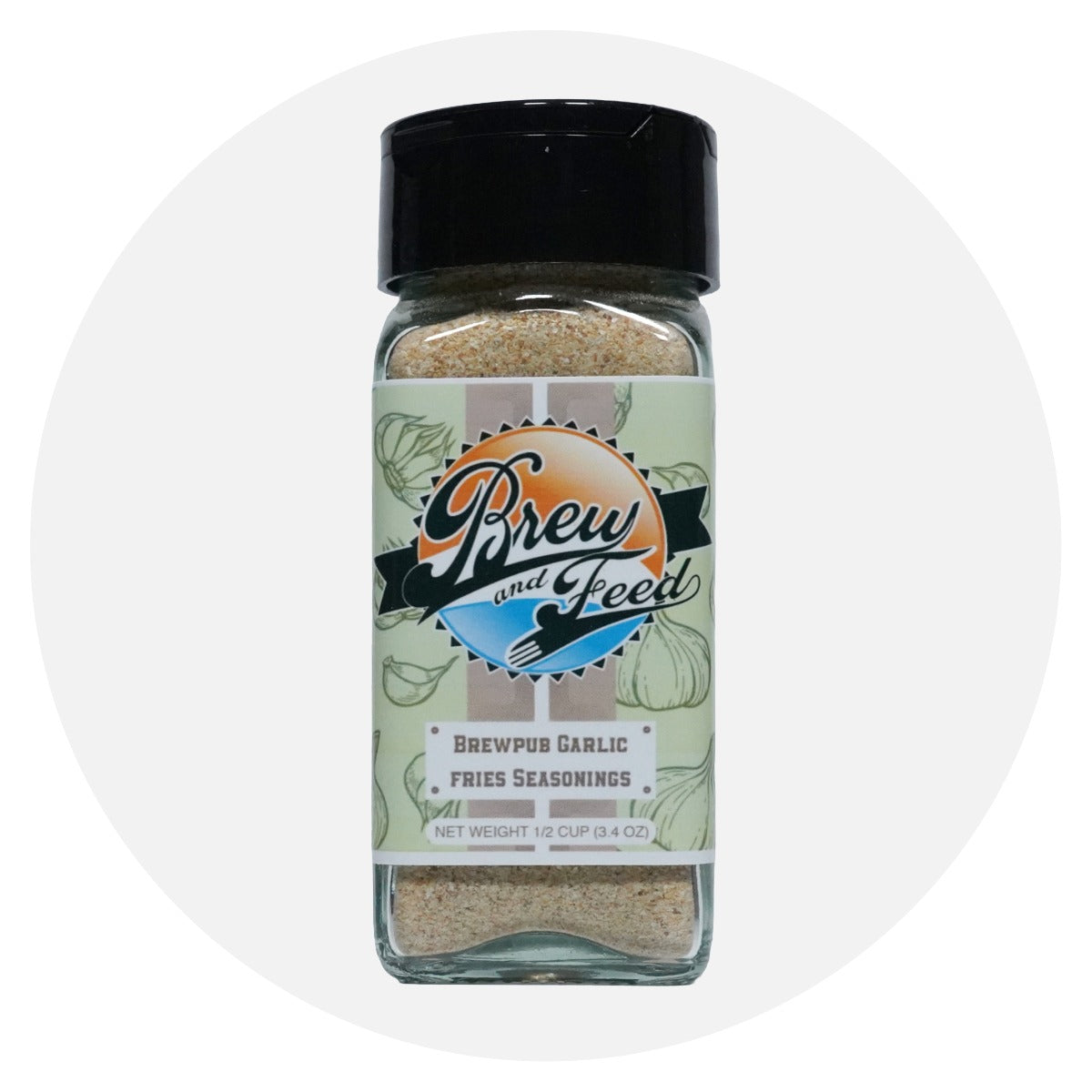
A Hearty Journey Through Time: The History of Casseroles in America
Casseroles have long held a special place in American kitchens, offering comfort, convenience, and a warm sense of nostalgia. Let's explore the origins and evolution of this beloved dish that has become a staple on dinner tables across the nation.
Early Beginnings
The concept of a casserole is not exclusive to America; however, its adaptation and popularity within the country are noteworthy. The term "casserole" itself is derived from the French word "casse," meaning a large spoon or ladle, highlighting the utensil used to serve the dish. Early American colonists brought with them the tradition of communal, one-pot meals, which laid the groundwork for the casserole's future prominence.

The Mid-20th Century Boom
The casserole truly came into its own during the mid-20th century. In the post-World War II era, with the rise of convenience foods and streamlined kitchen appliances, casseroles became a symbol of modernity. Canned soups, frozen vegetables, and pre-packaged ingredients made it easier than ever for home cooks to assemble a hearty, flavorful meal in one dish.

Church Potlucks and Community Gatherings
Casseroles found a particularly strong foothold in American communities through church potlucks and social gatherings. These events became a platform for sharing recipes and showcasing the diversity of casserole creations. From classic tuna noodle casserole to innovative combinations like broccoli and quinoa, these dishes became a reflection of regional tastes and family traditions.

The Influence of Cultural Migrations
As the United States experienced waves of cultural migration, the casserole evolved to incorporate a diverse range of ingredients and flavors. Italian-American families introduced baked ziti and lasagna, while Mexican-American households contributed enchilada casseroles. The casserole became a canvas for culinary creativity, blending various cultural influences into one harmonious dish.


Health Consciousness and Contemporary Twists
In recent years, as health-conscious eating habits have gained prominence, the casserole has adapted to accommodate a variety of dietary preferences. From gluten-free lasagnas to paleo-friendly casseroles, modern home cooks are finding ways to reinvent this classic dish while preserving its essence.

The history of casseroles in America is a journey through time, reflecting the evolution of culinary practices, cultural influences, and societal changes. From its humble beginnings as a simple, communal meal to its status as a versatile and beloved comfort food, the casserole continues to hold a cherished place in the hearts and kitchens of Americans.
Suggested Recipe: Overnight Breakfast Sausage Casserole
A breakfast casserole is an easy way to feed multiple people a full and hearty breakfast with not a lot of effort or a lot of dishes to clean. Humans have been baking food for thousands of years and the casserole is just an evolution of this practice.





